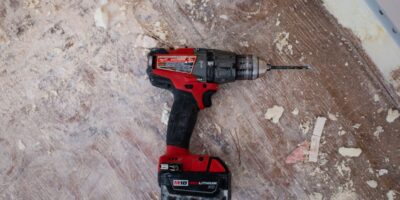How to Finish Butcher Block Countertops
Butcher block countertops add warmth and natural beauty to any kitchen. Finishing them properly ensures durability and longevity. The following steps outline how to finish butcher block countertops effectively.
Materials Needed
- Sandpaper (80-grit, 120-grit, 220-grit)
- Random orbital sander or sanding block
- Tack cloth or damp rag
- Wood conditioner (optional)
- Wood stain (optional)
- Mineral oil, tung oil, or polyurethane
- Clean, lint-free cloths
- Plastic sheeting or drop cloths
- Painter’s tape
Preparation
Start by removing any fixtures attached to the countertops. Clear the surface of all objects. Lay plastic sheeting or drop cloths around the work area to protect the floors.

Check for any gouges, burns, or stains on the butcher block. Use wood filler to repair any damages, allowing it to dry completely before sanding. If necessary, trim any uneven edges using a plane or a router.
Next, sand the entire surface of the butcher block. Start with 80-grit sandpaper and an orbital sander or sanding block. Move with the grain of the wood. Sand evenly until the surface feels smooth. Wipe away the dust with a tack cloth. Repeat the sanding process with 120-grit and then with 220-grit sandpaper, ensuring a fine, smooth finish. Clean the surface thoroughly between each sanding stage.
Applying Wood Conditioner
Applying a wood conditioner helps the wood absorb finish evenly. This step is particularly important if you plan on staining the butcher block. Use a clean rag to apply the wood conditioner according to the manufacturer’s instructions. Allow it to penetrate for 15 to 20 minutes, then wipe off any excess.

Staining the Butcher Block (Optional)
Staining is an optional step, used to change the color of the wood. If opting for a stain, choose a product suitable for food surfaces. Apply the stain with a clean rag, moving with the grain of the wood. Apply a thin, even layer. Allow it to penetrate the wood for the recommended time, then wipe off any excess with a clean cloth. Multiple coats can be applied for a deeper color, allowing each coat to dry completely before applying the next.
Finishing with Oil
Mineral oil and tung oil are popular choices for finishing butcher block countertops. They are food-safe and enhance the wood’s natural beauty. Apply the oil liberally with a clean cloth. Allow it to soak into the wood for 15 to 20 minutes. Wipe off any excess oil. Repeat this process until the wood no longer absorbs oil, usually requiring several coats.
Finishing with Polyurethane
Polyurethane offers a more durable and protective finish but may not be the ideal choice for surfaces used for direct food preparation. For a kitchen island or non-food prep area, wipe down the surface with a damp rag to remove any dust. Use a clean brush or foam applicator to apply a thin, even coat of polyurethane with the grain of the wood. Allow it to dry according to the manufacturer’s instructions. Sand lightly with 220-grit sandpaper between coats for a smooth finish, wiping away the dust with a tack cloth each time. Apply at least three coats for a durable finish.
Curing and Maintenance
Oil finishes require regular maintenance. Reapply oil when the wood begins to look dry. For polyurethane finishes, clean the surface regularly with a mild soap and water solution, avoiding harsh chemicals and abrasive pads.
Properly finishing butcher block countertops ensures their durability and enhances their beauty. With these steps, your countertops will be a functional and attractive feature in your kitchen for years to come.




Subscribe for Updates
Get the latest articles delivered to your inbox.
We respect your privacy. Unsubscribe anytime.